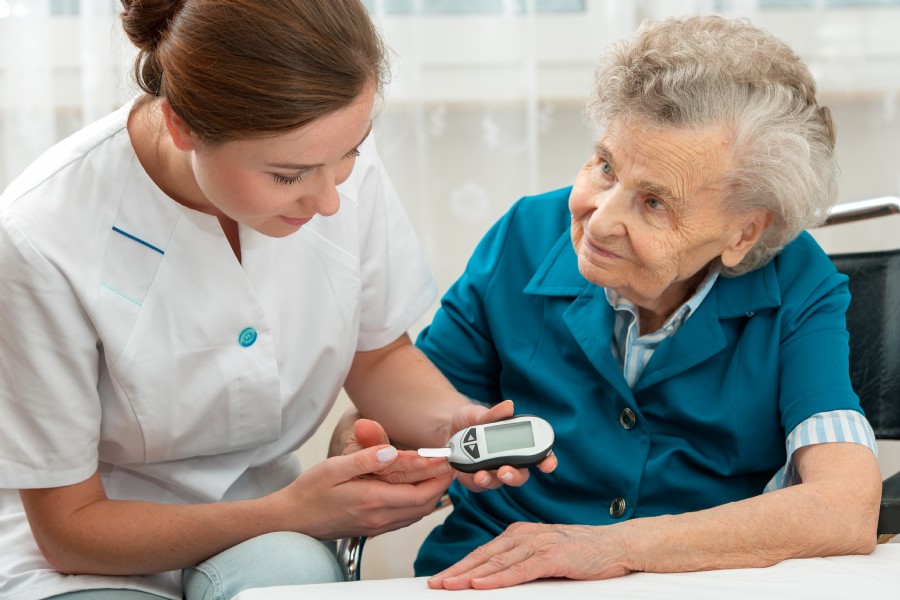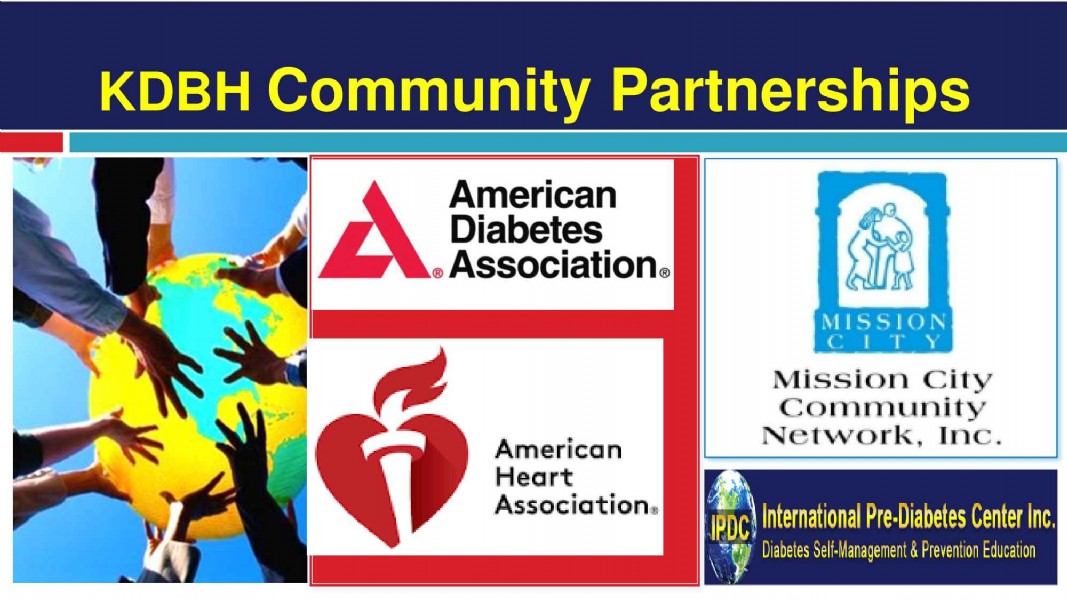Diabetes

Diabetes Type 2: Clinical Presentation in the Elderly:
Understanding the clinical presentation of Diabetes in the elderly is particularly important, as the clinical presentation of diabetes in the elderly can be different from that of the younger patient:
- With increase in age the renal threshold for glucose increases which means that blood glucose will be higher before increased frequency of urination will be detected. Hence poly-urea may not be prominent in the elderly with high blood glucose, and may be absent due to impaired thirst mechanism in the elderly.
- It is important to know that increased urination and increased thirst (classic symptoms of diabetes) are often absent in the elderly.
- This is compounded by the elderly's increased risk of comorbidities and increased complexity of chronic illnesses.
- Diabetes in the elderly aged 65 to 74, is 12 times higher than for age less than 45 years old.
- Contributing factors are the obesity epidemic and the fact that people are now living longer.
Diabetes Disease Complications:
Diabetes is a serious health condition. It is a major risk factor for heart disease, and stroke; a major cause of blindness, kidney failure, and amputations.
Signs and Symptoms of Diabetes:
Global symptoms:
Educating older adults and their caregivers about minimizing risks for complication of Diabetes is "key" to improving outcomes for Diabetes and to reducing the serverity of disease complications.
CONTACT US:
To enroll in a Diabetes Self-Management Education/ Training Class or for Individual Education.
(Insurance reimbursement may have specific requirements for Individual Education)
Learn how to manage your Diabetes with your peers:

Diabetes Problem Solving Video Series
0) Introduction to The Series:
1) Importance of Blood Sugar Testing Case Study:
2) Management of Low Blood Sugar:

.jpg)
.jpg)
.jpg)
.jpg)
.jpg)
Click the Link Below to Access Know Diabetes by Heart (KDBH) Best Practice Tool Kit:
| Link to best practices tool kit from the Know Diabetes by Heart (KDBH) |
.png) |
 |
 |
